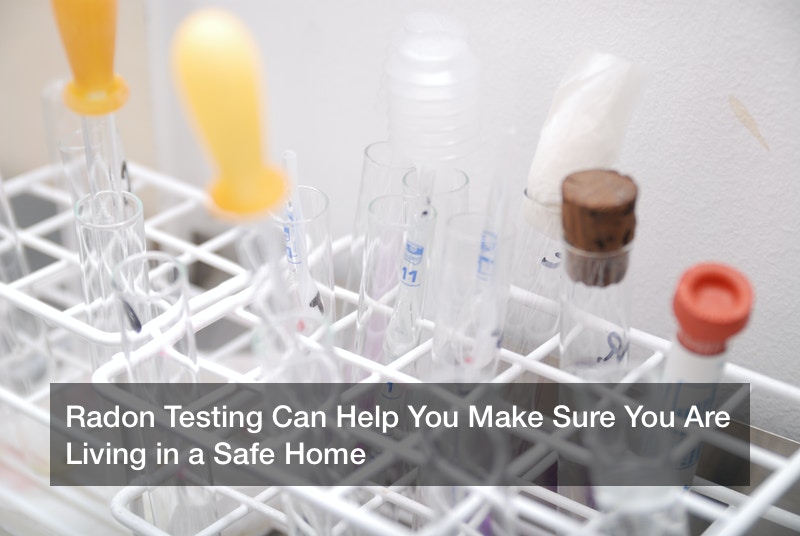Disclaimer: NC Pool Supply. This site provides home improvement content for informational purposes only.
The world seems like a rather scary place these days. As different pockets of the country continue to deal with spikes in the number of Covid-19 cases, in fact, there are many people who are spending more time at home than normal. Unfortunately, some of the homes where people are staying may be problematic as well. Did you know, for instance, that in some parts of the country homes are more likely to test positive for what are considered dangerous levels of radon? An odorless, tasteless, invisible element, radon is a noble gas that when exposed to at too high of levels can be problematic for the long term health of many individuals. And much like the Coronavirus that affects people with preexisting conditions, the problems associated with radon can be even more problematic for those who are immunocompromised. As a result, it is important to make sure that you take the time to check that your home is routinely inspected and passes the testing for radon standards that are advised by the Environmental Protection Agency.
Fortunately, with the use of the most experienced radon mitigation company, if you know you have a problem you can find a solution. Testing for radon is the first step in knowing that your home is safe, but the second and equally important step is often a sump pump installation.
Testing for Radon Is a Required Part of Many Home Sales
The services provided by local radon mitigation and abatement companies may be even more important in a time when so many Americans are staying close to home. And while many homes are never inspected for this dangerous gas until the testing for radon is required by the loan for a home sale, there are many who believe that checking these levels occasionally is in everyone’s best interest.
Consider some of these facts and figures about the reasons that testing for radon is so important, especially in a time when many people are spending even more time at home:
- Unfortunately, many people are caught off guard when they find out that according to the U.S. Environmental Protection Agency (EPA), nearly one in three homes checked in seven states and on three Indian lands had screening levels over 4 pCi/L, the EPA’s recommended action level for radon exposure.
- It is important to note that radon levels in a home can be very concerning. For instance, a family whose home has radon levels of 4 pCi/l is exposed to approximately 35 times as much radiation as the Nuclear Regulatory Commission would allow if that family was standing next to the fence of a radioactive waste site.
- As many as 20,000 lung cancer deaths are caused each year by radon, according to research conducted by the EPA and the Surgeon General’s Office.
- Furthermore, the Surgeon General has warned that radon is the second leading cause of lung cancer in the U.S. today.
- The risk of lung cancer increases by 16% per 100 Bq/m increase in long time average radon concentration.
- In fact, scientific research indicates that lung cancer deaths could be reduced by 2% to 4%, a number which is equal to approximately 5,000 deaths, by lowering radon levels in homes exceeding the EPA’s action level.
- Long-term tests determine the average concentration for more than 90 days, while short-term detectors measure radon levels for two days to 90 days, depending on the kind of device that is used.
- Currently, as many as one in 15 U.S. homes are estimated to have radon levels at or above the latest recommended EPA action level.
- Research shows that passive systems of mitigation are capable of reducing indoor radon levels by more than 50%. By adding radon ventilation fans, these dangerous radon levels can be reduced even further.
During a time when many Americans are staying at home more often than in the past, it is important to note that not all homes are as safe as they should be. And while there are plenty of property owners who are taking the time to repaint rooms and update lighting fixtures, it is equally important to invest some time and money checking to see that your home is not placed by dangerous radon levels.
